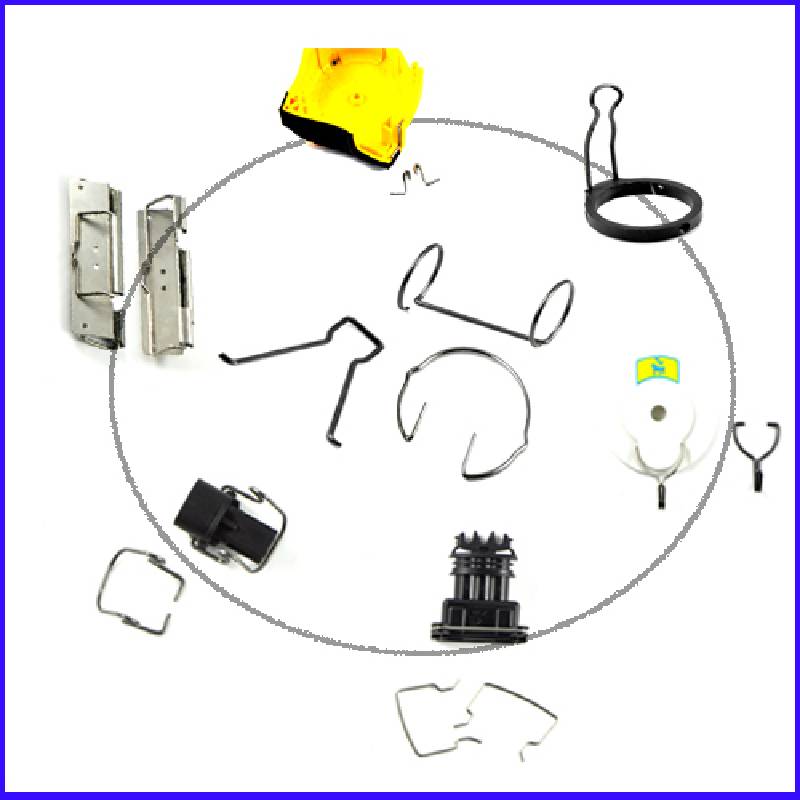
- Mobile Phone
- +8613931874955
- sales@cntcmetal.com
welded reinforcing mesh
The Importance and Applications of Welded Reinforcing Mesh
Welded reinforcing mesh, often referred to as welded wire mesh (WWM), is a vital component in the construction and civil engineering industries. This material, made from a series of wire strands welded together at intersections, plays a crucial role in enhancing the structural integrity of concrete, ensuring that structures can withstand various stresses and loads.
Composition and Manufacturing Process
Welded reinforcing mesh is typically made from high-quality steel wires, which are arranged in a grid pattern. The wires are welded at their intersections through a process that ensures maximum strength and durability. This construction method allows the mesh to maintain consistent spacing and alignment, making it superior to other types of reinforcement that may shift during installation.
The manufacturing process involves drawing the steel into wires of various diameters, depending on the requirements of the project. These wires are then arranged in a grid format and welded together at predetermined intervals. This results in a mesh product that is not only strong but also easy to handle, transport, and install.
Key Advantages
One of the primary advantages of welded reinforcing mesh is its ability to distribute loads evenly across a surface
. This property is essential in applications where concrete structures must bear significant weights, such as building floors, pavements, and bridges. The mesh provides tensile strength, preventing cracks and deformation that typically occur in unreinforced concrete.Additionally, welded mesh is easier and faster to install compared to traditional rebar. Its flat shape allows for quick placement and alignment, which can significantly reduce labor costs and construction time. Furthermore, it can be produced in large sheets or rolls, making it convenient for various project sizes.
welded reinforcing mesh

Applications in Construction
The applications of welded reinforcing mesh are diverse, extending to various aspects of civil construction. It is extensively used in the construction of residential foundations, commercial buildings, and industrial floors. In flooring systems, the mesh enhances strength and reduces the risk of cracking, ensuring longevity and durability.
Road construction also benefits from the use of welded mesh. It is commonly employed in the production of concrete pavements and overpasses, where the need for a durable surface capable of withstanding vehicular traffic is paramount. Moreover, it is essential in the construction of precast concrete products, such as slabs and walls, providing the necessary reinforcement that these elements require.
Environmental Considerations
In recent years, there has been a growing trend towards sustainable construction practices. Welded reinforcing mesh is often favored in these endeavors as it is recyclable and produced using energy-efficient processes. The steel used in the mesh can be sourced from recycled materials, contributing to reduced environmental impact.
Conclusion
In conclusion, welded reinforcing mesh is a critical material in modern construction, offering numerous advantages such as improved structural integrity, ease of installation, and versatility in application. Its ability to enhance the performance of concrete structures makes it an indispensable component in building robust and durable infrastructures. As construction practices continue to evolve, the importance of materials like welded reinforcing mesh will only increase, ensuring that our built environment remains safe and effective under varying conditions. Whether in residential, commercial, or industrial applications, this mesh stands out as a solution that meets the rigorous demands of contemporary engineering challenges.
share:
-
Yard Sign Stakes: Reliable Guardians of Outdoor SignsNewsAug.04,2025
-
Wall Ties: Invisible Guardians of Building StabilityNewsAug.04,2025
-
Resilient Web: The Super Guardian Power of Concrete MeshNewsAug.04,2025
-
Masonry Accessories: A versatile assistant on building foundationsNewsAug.04,2025
-
Iron Binding Wire: the 'invisible reinforcement specialist' in the fields of architecture and industryNewsAug.04,2025
-
Dynamic Spring: The diverse functions and excellent performance of Wire Tension SpringNewsAug.04,2025
-
Your Source for Concrete Wall Ties and Masonry AccessoriesNewsJul.10,2025



















